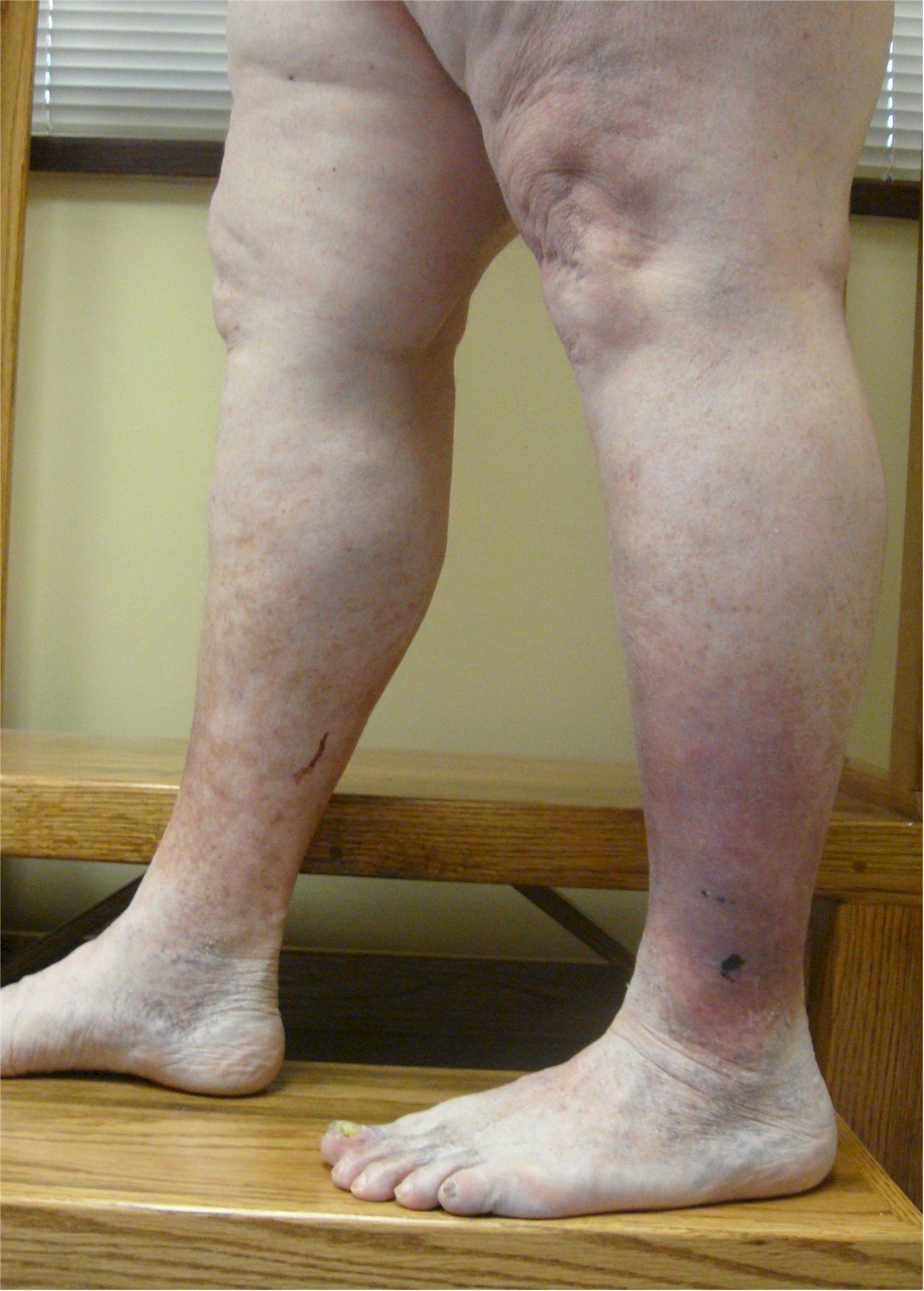Venous eczema, also known as varicose eczema or stasis dermatitis, is a type of eczema that usually occurs in the lower legs.
It is caused by the same condition that leads to the appearance of varicose veins, venous insufficiency. Because the condition can worsen if it is left unchecked, it is always a good idea to have the source of venous eczema identified and treated as soon as possible.
Explaining Venous Insufficiency
Venous insufficiency is a condition that occurs when small valves inside the veins stop working properly. These valves are responsible for keeping blood flowing through the vessels in a single direction back to the heart. When they no longer function the way they are supposed to, blood can pool inside the vein and cause swelling and weakening. Over time, a visible varicose vein may develop.
Venous insufficiency commonly targets the lower legs, because these veins have a much more challenging task of moving blood up the body against gravity and the body’s own weight. The extra work makes these vessels more prone to damage, which is why you are most likely to see both varicose veins and venous eczema appear around the lower legs, ankles and feet.
Venous Eczema and Ulceration – Risk Factors
Your risk for developing venous eczema is similar to your risk factors for varicose veins:
- Genetics – if one or both of your parents had venous disorders, you will be more likely to also
- Age – venous disorders are more likely to strike over 50, although they can happen at any age
- Obesity – extra weight puts additional strain on leg veins to increase the risk for venous insufficiency
- Sedentary Lifestyle – lack of physical activity can also increase your odds for developing venous insufficiency and venous eczema
- Varicose Veins – it is estimated that around 10 percent of all varicose vein sufferers will also develop the skin changes consistent with venous eczema
Venous Eczema Symptoms
The most effective treatment for venous eczema is one that is started as early as possible. Recognizing the symptoms of the condition is important if you are going to gain control of your skin changes before they become more serious. Symptoms of venous eczema might include:
- Itching and tingling of the skin
- Tight, thinning skin, giving it a translucent appearance
- Skin turns dry and scaly, red spots may form
- Discoloration of the skin, which is typically turns reddish brown
- Skin begins to thicken, often due to frequent scratching of the area
- Large, open sores known as venous ulcers can form around the ankle
- Skin may become infected, characterized by oozing pus
Venous Eczema Treatment Options
While you can use topical solutions on venous eczema to ease symptoms, these treatments will not eradicate the condition. The only way to completely reverse the skin condition is by treating the source of the problem – the venous insufficiency. Fortunately, venous insufficiency is much easier to diagnose and treat today, with minimally-invasive treatments that eliminate the damaged vessels and restore healthy blood flow to the area.
At Vein Specialists of the Carolinas, we offer comprehensive diagnostics of vein disorders like venous insufficiency using state-of- the-art ultrasound imaging. We also provide a variety of options in treating venous insufficiency that involve little or no discomfort and downtime. If you are beginning to notice changes to your skin, even if you don’t have visible varicose veins, now is the time to contact Vein Specialists of the Carolinas at 704-544-5245 or 704-861-2072 to schedule your diagnostic examination today.
“All We Do Is Veins All Day Every Day.”
#venouseczema #legulceration #venousinsufficiency #veindisorders


